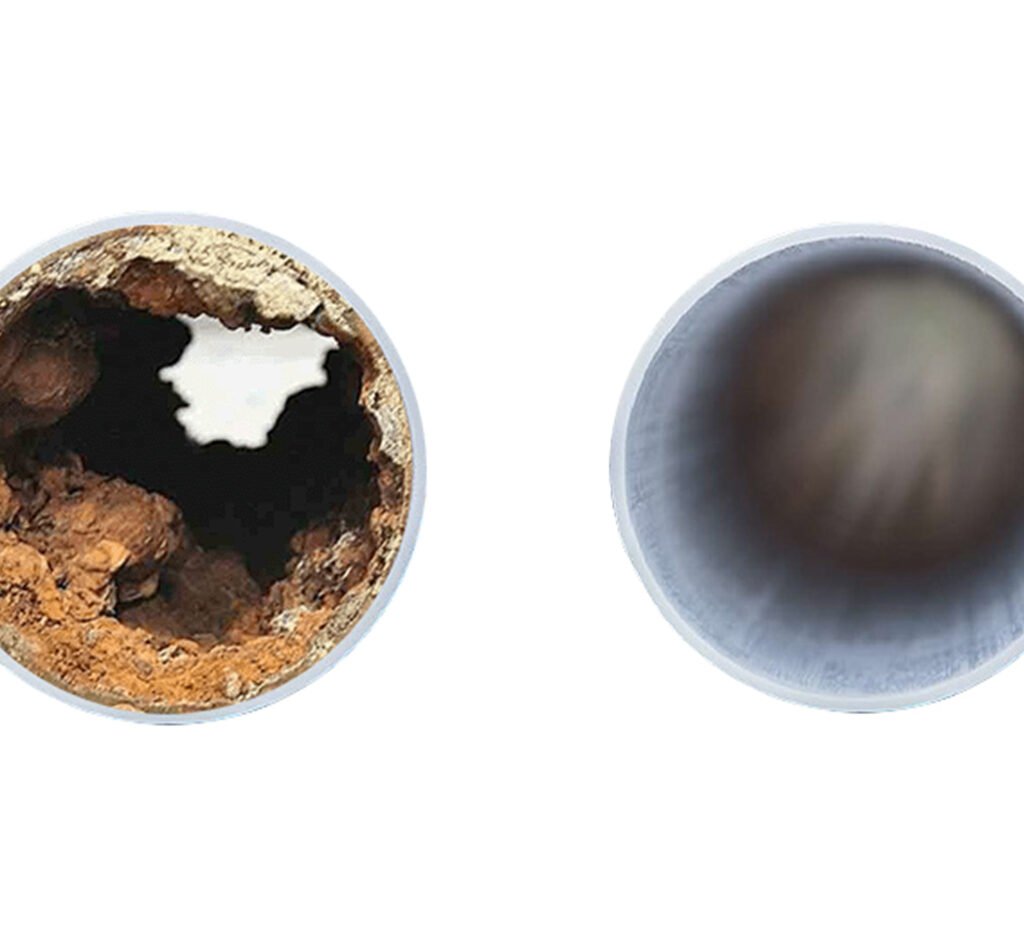What is Pipe Lining? And Why is it Necessary?
Does your house or commercial buildings often experience pinhole leaks or bathroom flooding? Whether you have flooding or leaking, there are solutions to your problems. One of the best ways of resolving your leaking problems is through drain lining, but what is pipe lining in the first place?
Drain lining
Pipe lining is also known as a cured-in-place pipe or CIPP. Pipe lining is a non-destructive solution to your pipe problems, and this fixture is nonpermanent too. There are several types of advanced pipe lining technology, but the best pipe lining solution creates a structural epoxy pipe that follows the twist and turns of the inside of your Pipe.
Whether your Pipe is cracked, infiltrated with roots, or has been corroded through time, pipe lining is a cost-effective way of fixing your drainage pipes in no time. There’s another way of fixing Pipe, and it’s called re-piping. Re-piping is a dated way of fixing your Pipe by fully detaching the old Pipe and attaching a newer pipe.
Why is drain lining necessary?
For years now, homeowners and building owners rely on the dated way of fixing pipes. This dated process includes digging holes and attaching newer pipes to your drainage system. This dated way of fixing pipes can be costly and time-consuming.
Considering these problems, pipe lining is better suited to fixing your drainage method. They aren’t costly, the process doesn’t need messy digging, and the process overall is environment-friendly. Pipe lining isn’t so new. In 1980, the U.S. Navy’s Aircraft Carriers’ collection already used epoxy coating to hold their pipe systems together.
Today, pipe-lining technology is one of the newest and most efficient drainage solutions that you can use for your own home or building. Pipe lining protects your pipes from lead leaching, debris build-up, corrosion, leaks, root intrusion, and more.
Most importantly, pipe liners protect the water or any contents that pass through the pipes. Drain liners protect the water from getting contaminated by fungus, metal, and the like. This, in turn, protects your family’s tap water and health overall. With this, tap water is not only rehabilitated, but future fixings will be way easier and way ahead than expected.
